BRISTOL, UK: When oral bacteria spread to other tissues via the bloodstream, the results can be catastrophic. Researchers have now discovered a potentially key molecular process that occurs in the case of infective endocarditis. The findings could lead to the development of new drugs to help combat this life-threatening heart disease.
Infective endocarditis is a type of cardiovascular disease in which bacteria cause blood clots to form on heart valves. If untreated, this condition is fatal and, at up to 30 per cent, the mortality rate remains high even with treatment. There are over 2,000 cases of infective endocarditis in the UK annually and the incidence is rising.
A key part of a study conducted at the University of Bristol involved use of the UK national synchrotron facility, Diamond Light Source. By means of this giant X-ray microscope, the team were able to visualise the structure and dynamics of a protein called CshA, which previous studies at the university had suggested played an important role in targeting the oral bacterium Streptococcus gordonii at the tissues of the heart. The researchers were intrigued to find that CshA acts as a molecular lasso to enable S. gordonii to bind to the surface of human cells. Such adhesive interactions are critical first steps in the ability of this bacterium to cause disease.
Lead author Dr Catherine Back, postdoctoral research associate at Bristol’s School of Oral and Dental Sciences, said: “What our work has revealed is a completely new mechanism by which S. gordonii and related bacteria are able to bind to human tissues. We have named this the ‘catch-clamp’ mechanism.”
The team were able to demonstrate that the terminal portion of CshA is very flexible. This allows it to be cast out from the surface of the bacterium like a lasso. When the lasso contacts fibronectin on the surface of human cells (the catch), it brings CshA and fibronectin into close proximity. This then enables another portion of CshA to tightly clamp the two proteins together, anchoring S. gordonii to the host cell surface.
Co-researcher Dr Paul Race, senior lecturer at the university’s School of Biochemistry and the BrisSynBio research centre, said: “What is particularly exciting about this work is that it opens up new possibilities for designing molecules that inhibit either the ‘catch’ or the ‘clamp’ steps in this process, or potentially both. The latter possibility is particularly intriguing, as bacteria are generally less likely to become resistant to agents that target multiple steps in an infective process.”
Dr Angela Nobbs, lecturer at the university’s School of Oral and Dental Sciences, also co-author of the study, added: “With the molecular level insight that our study provides, it is now a realistic possibility that we can begin to develop anti-adhesive agents that target disease-causing Streptococcus and related bacteria.”
The study, titled “The Streptococcus gordonii adhesin CshA binds host fibronectin via a catch-clamp mechanism”, was published online on 5 December 2016 in the Journal of Biological Chemistry.
Tags:
PLYMOUTH, UK: As worldwide oral cancer rates continue to climb, our understanding of what causes the disease to occur, thankfully, also continues to grow. ...
LONDON, UK: Though our understanding of the causes of and potential treatments for periodontal disease has advanced substantially in recent decades, new ...
WEYBRIDGE, UK: Haleon, a British multinational consumer healthcare company, and the College of General Dentistry have recently conducted a survey that ...
LONDON, UK: A new method of detecting bacteria during root canal therapy could eradicate the need for follow-up appointments and prevent treatment failure, ...
LONDON, UK: Dentists in England currently receive their former National Health Service (NHS) contract value provided they spend the same amount of time ...
PLYMOUTH, UK: In a recent study, researchers investigated the role of oral bacteria in the development of brain abscesses. They found that the samples of ...
The link between oral health and systemic heath has been long understood by dental experts. Now preliminary research, to be presented at the American Stroke...
BIRMINGHAM, UK: In a recent study, researchers from the University of Birmingham examined the records of patients having a history of periodontal disease, ...
BRISTOL, UK: Researchers at the University of Bristol have developed a new technology that could increase protection against anti-bacterial and anti-fungal ...
DUNDEE, UK: In September, the University of Dundee inaugurated its Master of Research in Oral Cancer programme, the world’s first postgraduate ...
Live webinar
Wed. 14 January 2026
5:00 pm UTC (London)
Dr. Théo Laplane, Dr. Robert Gottlander DDS
Live webinar
Fri. 16 January 2026
5:00 pm UTC (London)
Live webinar
Mon. 19 January 2026
6:00 pm UTC (London)
Philipp Kopp, Michael Seeber
Live webinar
Thu. 22 January 2026
2:00 pm UTC (London)
Prof. Judith Jones D.D.S; M.P.H., Prof. Kakuhiro Fukai D.D.S., Ph.D, Dr. Bathsheba (Bethy) Turton
Live webinar
Thu. 22 January 2026
7:00 pm UTC (London)
Dr. Nicola M. Grande DDS, PhD
Live webinar
Wed. 28 January 2026
1:00 pm UTC (London)
Live webinar
Wed. 28 January 2026
4:00 pm UTC (London)
Prof. Dr. Jan-Frederik Güth



 Austria / Österreich
Austria / Österreich
 Bosnia and Herzegovina / Босна и Херцеговина
Bosnia and Herzegovina / Босна и Херцеговина
 Bulgaria / България
Bulgaria / България
 Croatia / Hrvatska
Croatia / Hrvatska
 Czech Republic & Slovakia / Česká republika & Slovensko
Czech Republic & Slovakia / Česká republika & Slovensko
 France / France
France / France
 Germany / Deutschland
Germany / Deutschland
 Greece / ΕΛΛΑΔΑ
Greece / ΕΛΛΑΔΑ
 Hungary / Hungary
Hungary / Hungary
 Italy / Italia
Italy / Italia
 Netherlands / Nederland
Netherlands / Nederland
 Nordic / Nordic
Nordic / Nordic
 Poland / Polska
Poland / Polska
 Portugal / Portugal
Portugal / Portugal
 Romania & Moldova / România & Moldova
Romania & Moldova / România & Moldova
 Slovenia / Slovenija
Slovenia / Slovenija
 Serbia & Montenegro / Србија и Црна Гора
Serbia & Montenegro / Србија и Црна Гора
 Spain / España
Spain / España
 Switzerland / Schweiz
Switzerland / Schweiz
 Turkey / Türkiye
Turkey / Türkiye
 UK & Ireland / UK & Ireland
UK & Ireland / UK & Ireland
 International / International
International / International
 Brazil / Brasil
Brazil / Brasil
 Canada / Canada
Canada / Canada
 Latin America / Latinoamérica
Latin America / Latinoamérica
 USA / USA
USA / USA
 China / 中国
China / 中国
 India / भारत गणराज्य
India / भारत गणराज्य
 Pakistan / Pākistān
Pakistan / Pākistān
 Vietnam / Việt Nam
Vietnam / Việt Nam
 ASEAN / ASEAN
ASEAN / ASEAN
 Israel / מְדִינַת יִשְׂרָאֵל
Israel / מְדִינַת יִשְׂרָאֵל
 Algeria, Morocco & Tunisia / الجزائر والمغرب وتونس
Algeria, Morocco & Tunisia / الجزائر والمغرب وتونس
 Middle East / Middle East
Middle East / Middle East






























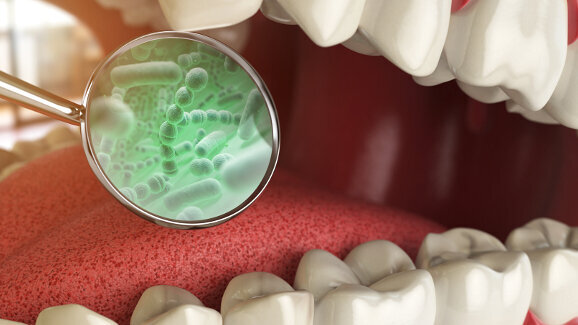




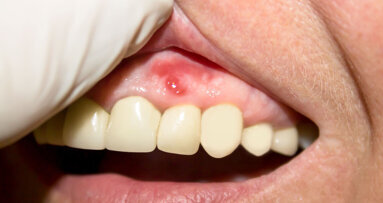


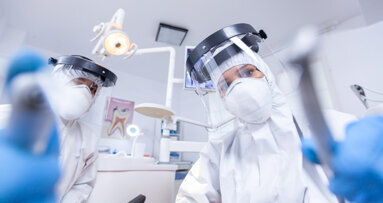
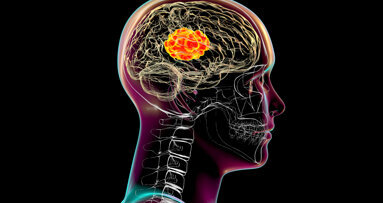

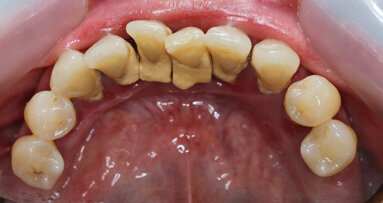
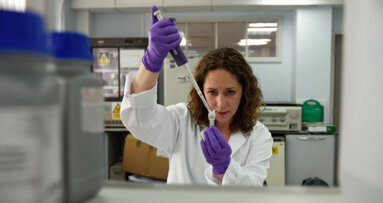











To post a reply please login or register